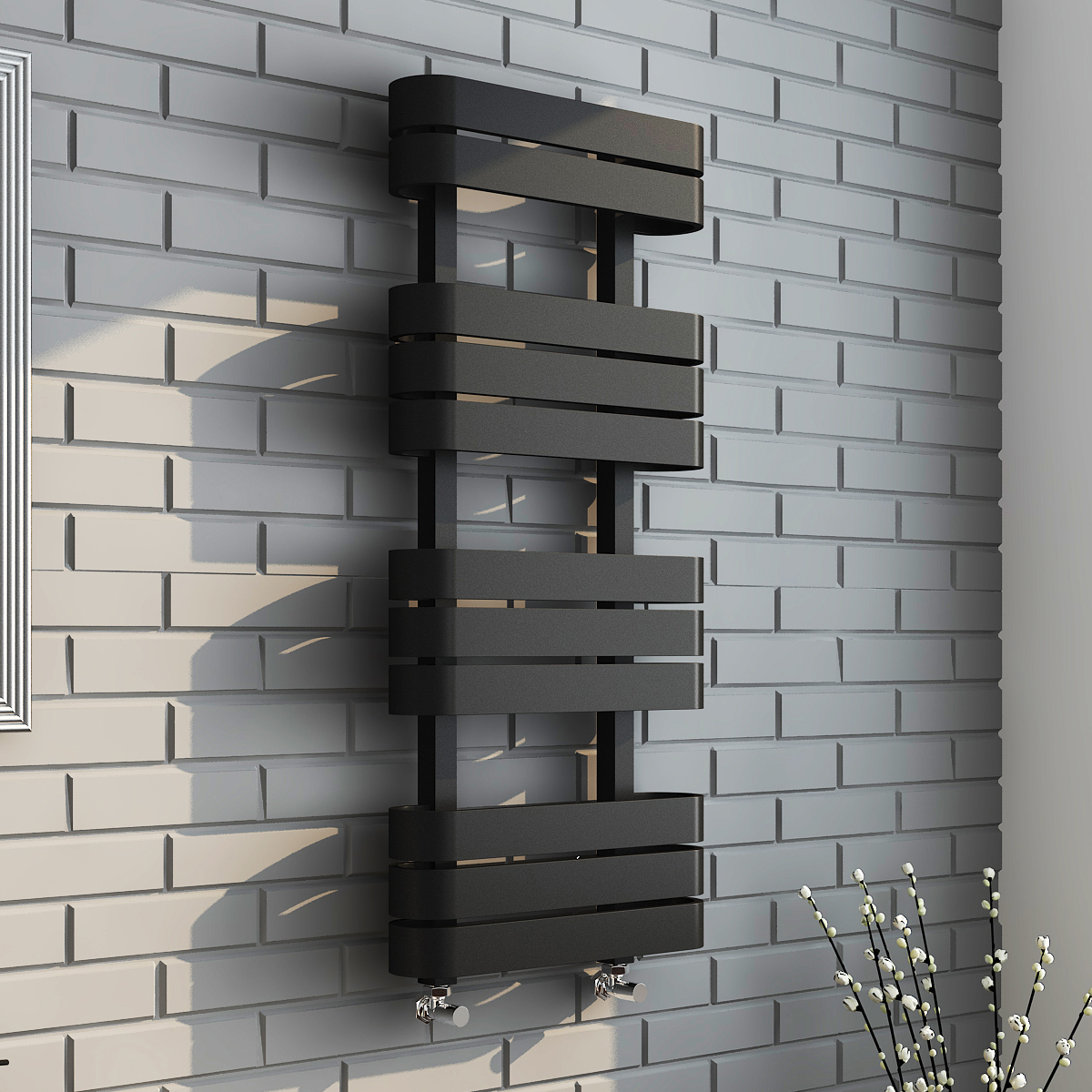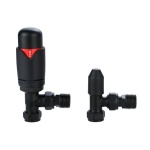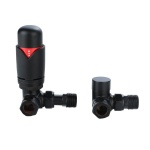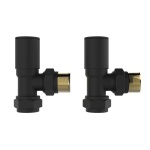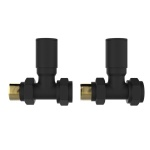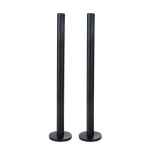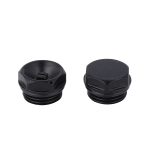- Heating & Designer Radiators
- Decking
- Fencing
- Home Decor
You are here:
- Home
- Radiators
CATEGORIES
- Radiators
- Bench Radiators
- Column Radiators
- Designer Radiators
- Milan Designer Radiators
- Anthracite Grey Horizontal Designer Radiators
- Anthracite Grey Vertical Designer Radiators
- Black Horizontal Designer Radiators
- Black Vertical Designer Radiators
- Horizontal Designer Radiators
- Mirror Designer Radiators
- Vertical Designer Radiators
- White Horizontal Designer Radiators
- White Vertical Designer Radiators
- Electric Radiators
- Towel Radiators
- Valves & Accessories
COLOUR
COLUMN / PANEL
FUEL TYPE
PRICE
Radiators
Luxe Towel Radiator - Various Sizes - Anthracite Grey
£179.95 – £229.95Nirvana Towel Radiator - Black
Nirvana Towel Radiator - Anthracite Grey
Detroit Towel Radiator - Various Sizes - Brushed Brass
£139.95 – £159.95Modena Towel Radiator - Various Sizes - Brushed Brass
£199.95 – £229.95Paris Towel Radiator
£199.95 – £229.95Verona Towel Radiator
£199.95 – £229.95Oxford Towel Radiators - Brushed Brass Frame - White
Oxford Towel Radiators - Brushed Brass Frame - Anthracite Grey
Oxford Towel Radiators - Brushed Brass Frame - Black
Oasis Towel Radiator - Various Sizes - Black
£179.95 – £209.95Showing 1–12 of 114 results
























